Some of the most popular Canadian paintings of the Second World War are the work of Charles Comfort, who served as an official war artist. But he was also a muralist, sculptor, teacher and administrator, including director of the National Gallery of Canada. (Above: Canadian Armour Passing Through Ortona, Canadian War Museum)
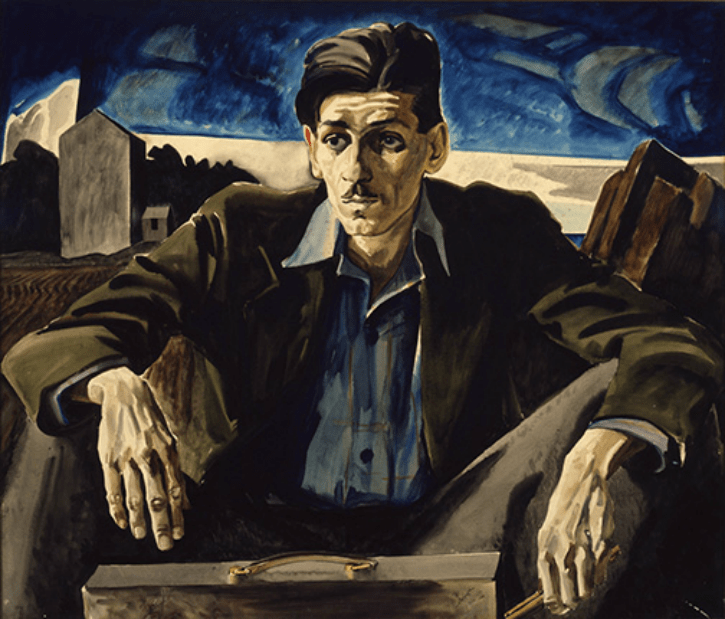
Comfort (1900-1994) is important partly because as director of the National Gallery in the 1960s, he appointed the first Curator of War Art and also ensured funds were made available for the proper storage and care of the collections. His painting The Hitler Line remains one of the most popular works on Canadians during World War II.
Comfort is also well known as a muralist, including for his eight works done in the 1930s overlooking the trading floor of the original Toronto Stock Exchange (now the Toronto Design Exchange). He also created the stone frieze on the outside of the TSE building.
Charles Comfort’s full biography, at the National Gallery of Canada, here.
This is #8 in the series 150 Artists.
Discover more from Canadian Art Junkie
Subscribe to get the latest posts sent to your email.

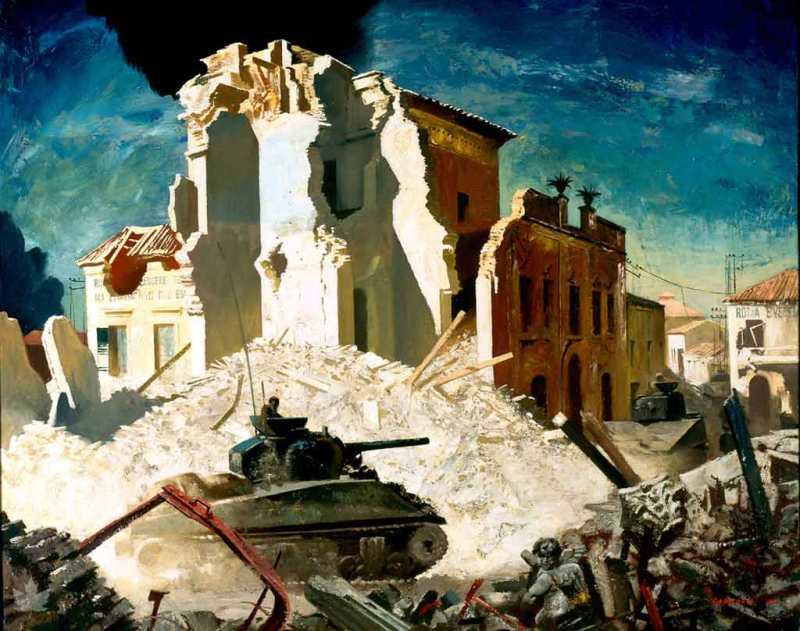
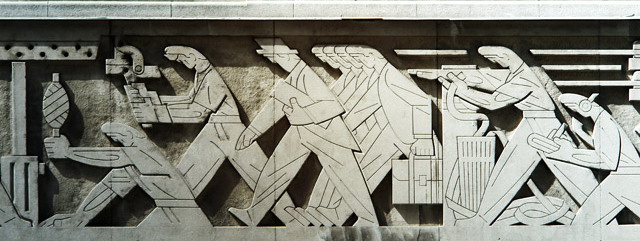

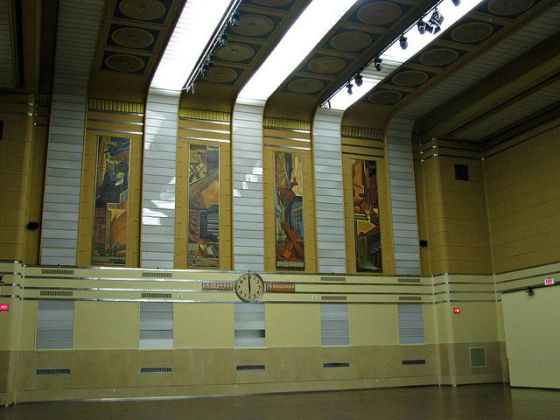
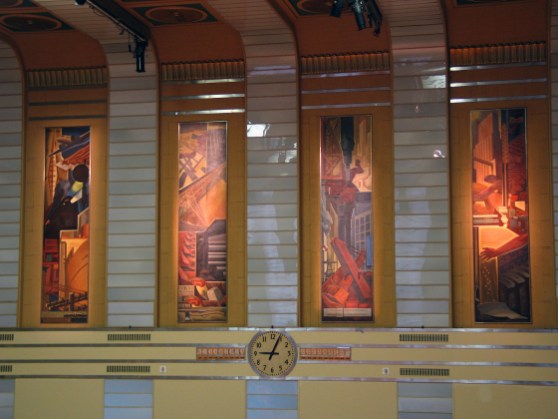


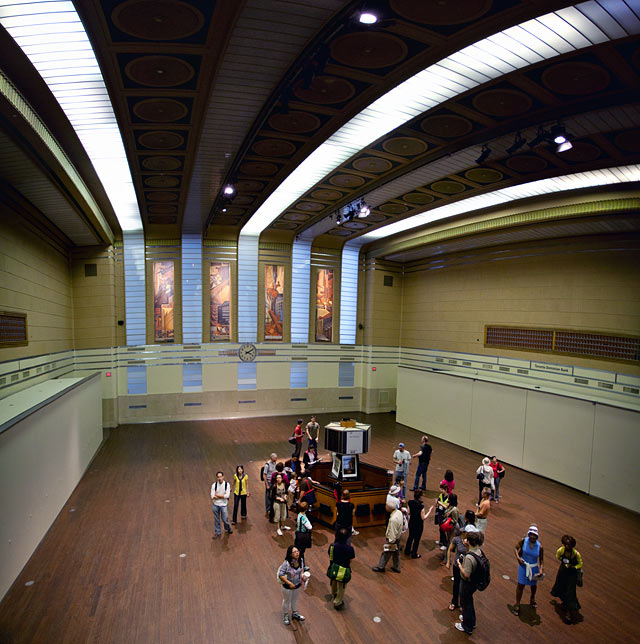

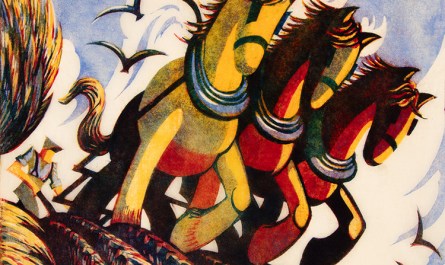
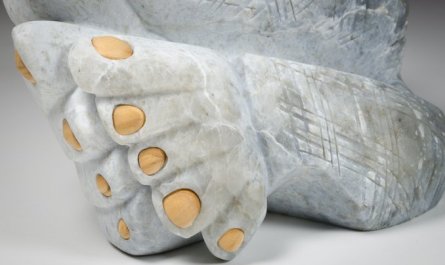
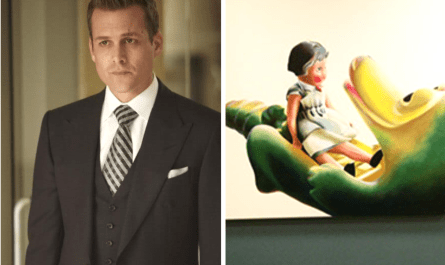
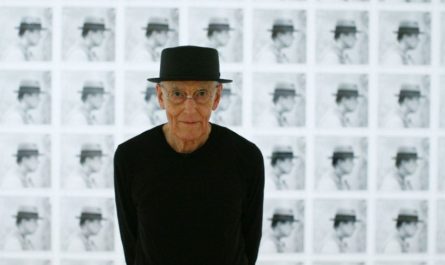


I’ve seen the murals at the Design Exchange when my son worked there. Very impressive.
Yes, impressive and so beautifully executed. (Lucky son to have worked there, great place)
It is a great space. Now he’s working in London, England at the Victoria and Albert Museum as one of their curators. Also a great space but I have as yet been there.
Wow! The second piece, the man sitting is phenomenal! I love, love it. I have seen the TSE frieze many times, and always wondered who made it. It’s a bit iconic. I am definitely going to have a look at those murals, again.
That’s my favourite, too. Those murals (now the Design Exchange) simply do not show the colours and detail in a photo. Yes, go look again! That’s a beautiful Art Deco space.
My favourite one of his is the man in the red striped dressing gown having a nightmare.
I saw that one, quite different from most of his subjects. And I hadn’t realized it was about a nightmare. Thank you.
Canada is a bit trendy. In the 60s 70s 80s even 90s figurative artists really struggled. Even as a student at OCA, if you studied drawing & painting in the fine arts department, as opposed to the experimental department (called then the Annex), you were sort of ostracised and treated like you were totally “out of it”. I’m sure Comfort suffered from the same situation, in a way. He died in ’94 so would have spent his artistically mature years being out of style. But, as you point out, he was the director of the Nat’l Gallery. Probably one of the lasts examples of an artist being put in charge of such an important institution. It used to happen often – but now we have career arts management people. Too bad.
Thank you Suzanne for your always informative comments. They help the context especially. Appreciated.
Sorry…I meant WWII…ooops !!!
Wasn’t Charles Comfort a wonderful artist! There’s an interesting picture of him painting on his portable easel in the trenches of WWI. Recently, whilst working on a lecture series about art during WWI, I dug up an interesting letter written by him to a Toronto women’s club, requesting, very gently, that they lend one of his paintings for an important retrospective…they turned him down. Some people do struggle with the concept art & artists. Being in the exhibition would have done the painting’s provenance no end of good.
I was surprised when I chose him how little information there really is on him, unlike so many other artists. I wonder if, as you say, it’s partly because he doesn’t appear to have done much exhibiting, if any.